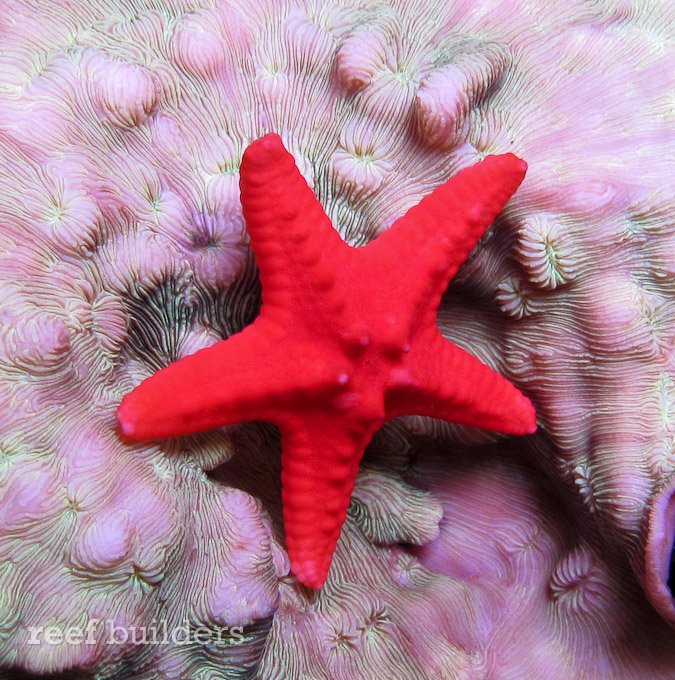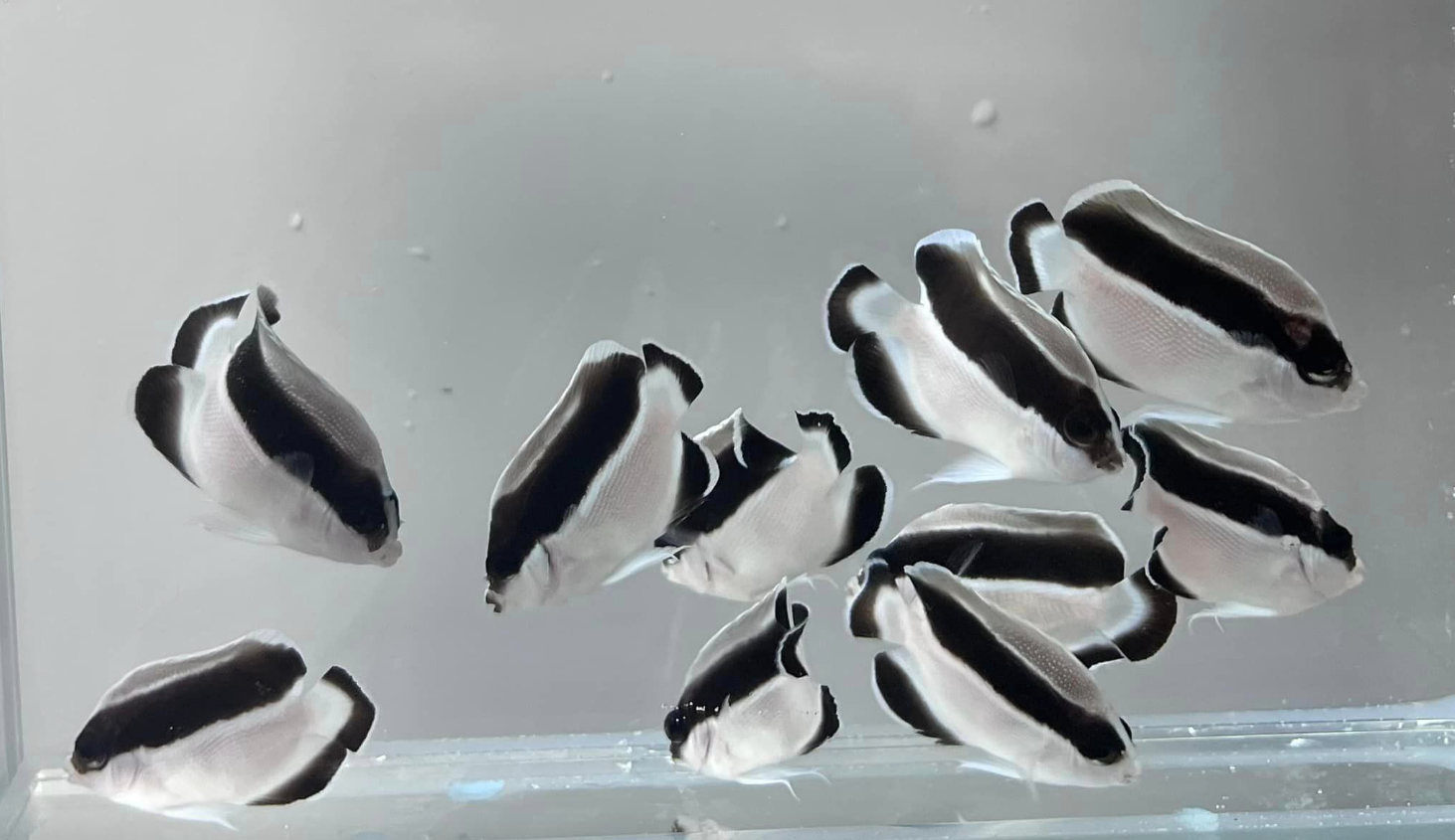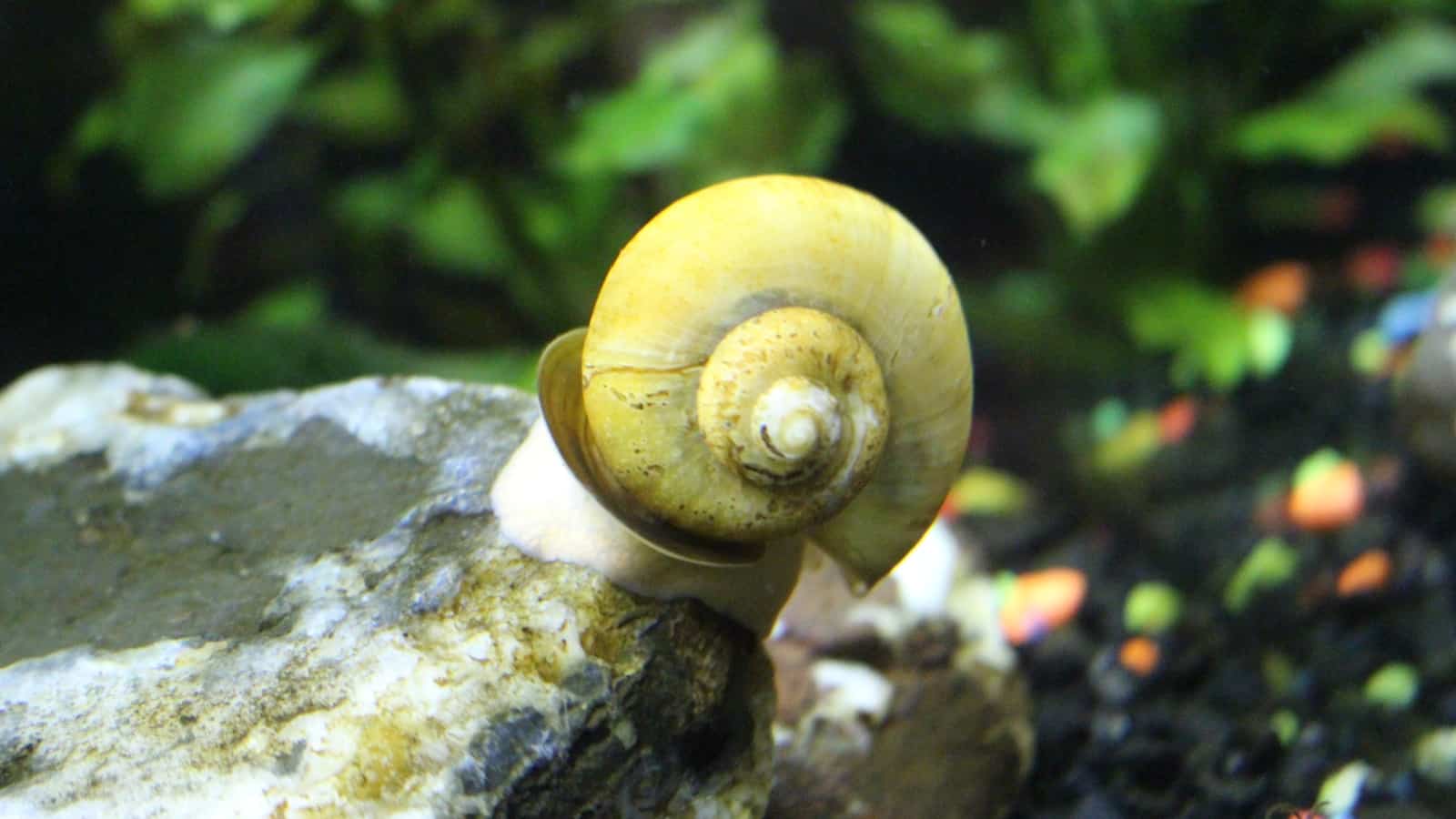The beautiful Potter’s Angelfish that’s on the permitting list
Around one year ago, Hawaiian Senate Bill 505 was voted down, which opened a legal pathway for the collection of eight marine fish species. As mentioned in our previous article, the battle for legal collection is far from over. After the defeat of Bill 505, individual collection companies still needed to apply for collection permits from the Department of Land and Natural Resources. On top of this, a court order mandated an environmental impact evaluation of the collection of ornamental fish from Hawaiian waters before permits could be issued. This review has now been conducted and the permitting process can begin.
This legal process starts with an initial meeting this Friday, April 12th. In the meeting, the Division of Aquatic Resources will share the findings of the environmental analysis with the Department of Land and Natural Resources Board. Assuming things go well, this will open the opportunity for a second meeting in 6-8 weeks.
Unsurprising to those keeping up with the story, the radical groups that started this mess have once again requested the fishery ban at this meeting, setting up one final battle for the Hawaiian fish collection industry. Luckily, you can help ensure Hawaiian fish can be sustainably collected, which will support the Hawaiian economy and hopefully lead to the return of affordable Yellow Tangs and many other Hawaiian fish to the domestic market.
This battle will determine the fate of eight different species. Each value in brackets equates to the number of permits that could theoretically be issued per year.
· Yellow Tang (Zebrasoma flavescens) [200,000]
· Kole Tang (Ctenochaetus strigosus) [30,000]
· Naso Tang (Naso lituratus) [5,872]
· Chevron Tang (Ctenochaetus hawaiiensis) [3,152]
· Potter’s Angelfish (Centropyge potteri) [4,376]
· Lavender/Brown Tang (Acanthurus nigrofuscus) [800]
· Bird Wrasse (Gomphosus varius) [344]
· Thompson’s Tang (Acanthurus thompsoni) [2,016]
You can write an email to [email protected]
Be sure to include “Agenda Item F2 and F3” in the subject line. Begin the body of the email with “I oppose banning the aquarium fishery, and I support managing resources by science as provided by DAR.” Then, sign your name.
For the remainder of this article, I will summarize the findings of the impact statement as well as long-term public opinion polls in Hawaii. Feel free to copy and paste any of the following points into your email if you would like to include more detail.
Environmental impact assessment findings
· The population of Yellow Tangs has increased by 150% from 1999 to 2018 (during active collection), with a recorded increase of 5.7 million fish in the depths of 30’-60’. This likely represents a smaller number than the actual natural increase in population size since the population was only evaluated from 30 to 60 feet. Additionally, in this depth range, 1.14 million fry are produced per pair, which could result in a theoretical 6 trillion 260 billion fry per year. Assuming a 1% survival rate could lead to 62 billion new fish per year.
· The population of Kole Tangs has increased by 118% from 1999 to 2018 (during active collection), with a recorded increase of 5.1 million fish in the depths of 30’ to 60’. This likely represents a smaller number than the actual natural increase in population size since the population was only evaluated from 30 to 60 feet. One sample site recorded a 254% increase in Kole populations (Manuaka). This represents a 20-year high in Kole tang populations despite collection.
· The Hawaiian marine fish collection industry is integral to the Hawaiian economy. As reported in 2024, the domestic United States saltwater aquarium trade is worth $5.12 billion and has historically shown stable and consistent growth with an average compound annual growth rate of 9.4%. This represents a paramount source of revenue for the Hawaiian economy, especially since many Hawaiian fish represent best sellers in the US market.
Population density of Hawaiian fish as a function of time (growing rapidly)
Public Opinion Polls
· Polls conducted by Tropical Truth in November of 2023 found that 96% of Hawaiians support the “sustainable use” of Hawaii’s natural resources. Additionally, scientists at the University of Hawaii and the NOAA have shown no long-term data demonstrating that fish collection poses any threat to Hawaiian fish populations.
· 72% of Hawaiians found that scientists who conducted this environmental impact analysis had more credibility in the debate than animal rights activists.
· 73% of Hawaiians felt that Hawaii should allow sustainable fish collection.
· 78% of Hawaiians felt that regulators at the Board of Land and Natural Resources should manage natural resources based on data from science instead of the opinions of special interest groups.
· In July of 2023, Tropical Truth conducted another poll. 93.86% of Hawaiians agreed the Hawaiian government did an excellent job sustaining natural resources.
· 79.42% of Hawaiians believed that sustainable fish collection should be allowed.
Average value of Hawaiian fish as a function of time (average increase in commercial value)
It is evident to anyone thinking logically that the collection of Hawaiian fish should be legal if appropriately regulated. An extensive environmental impact analysis conducted by extremely meticulous scientists shows that collection has no long-term impact on the eight Hawaiian fish species up for collection. These populations are growing substantially (20-year highs for some species). On top of this, a majority of Hawaiians support the sustainable collection of native fish. They feel the government does an excellent job at regulating the sustainable collection of its natural resources and would prefer to listen to scientific data to evaluate if the collection is safe over the mere opinions of others.
Additionally, the marine aquarium trade has had stable and impressive domestic growth. By not exporting fish that historically have been in high demand in this industry, Hawaiians are missing out. Help spread the word about this meeting and take the time to write an email. Your support matters – if we all band together as an industry, our voices could prove pivotal in the fight for Hawaiian fish. This isn’t just about Hawaii – if we allow a politics based in ignorance and fear to curb Hawaiian collection, this could have long-term and drastic implications for collection across the globe. The Hawaiian fishery manages its natural resources arguably better than any other fishery. If it falls, it could mean the fall of the aquarium industry. Support logic and data – take a stand against political ideas stemming from irrationality and angst. Send an email and testify in opposition to F3 and the closure of marine fish collection for the aquarium trade and in favor of the issuance of collection permits.
Catch rates as a function of time (tighter regulation and lower catch rates = lower environmental impact)
Here are the pdf files of agenda items F2 and F3 if you’d like to read the documents directly or include in an email. All graphical data utilized in this article comes from F2.



